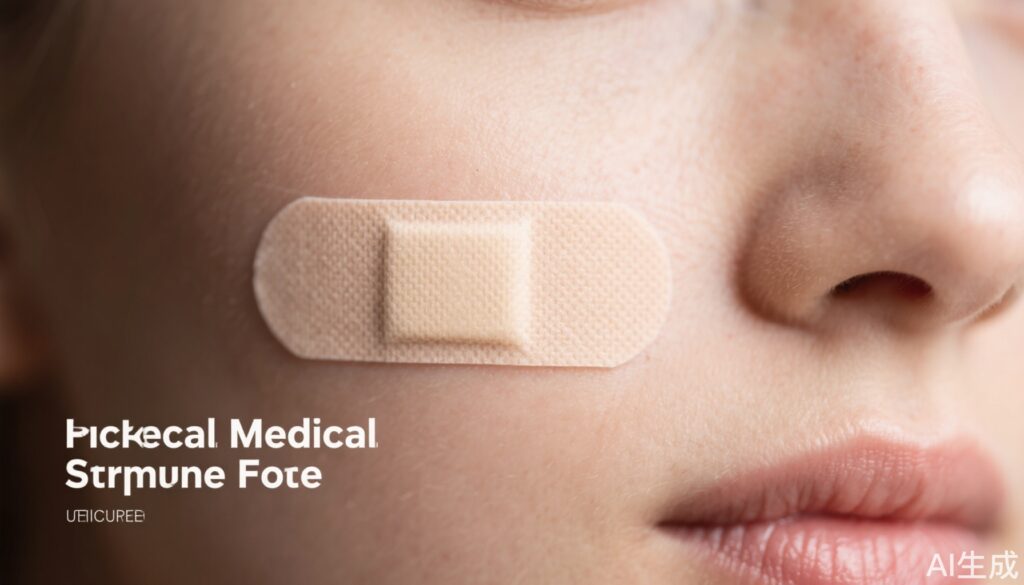Introduction
Acne is a prevalent skin condition affecting millions globally, particularly adolescents and young adults. In the quest for clear skin, many turn to innovative solutions like acne patches, which promise convenience and efficacy. But how well do they work, and are they as effective as marketed? This article delves into the science and practicality behind acne patches, providing readers with a comprehensive understanding of their role in acne management.
Understanding Acne Patches
Acne patches, often hydrocolloid-based, are small adhesive dressings designed to be applied over pimples. These patches function by absorbing excess fluids, protecting the acne from external irritants, and potentially promoting healing. However, they are not classified as medical treatments but as skincare aids.
Scientific Evidence
Research on acne patches is limited but promising. A study conducted in Taiwan compared hydrocolloid acne patches with non-hydrocolloid dressings, finding that hydrocolloid patches significantly reduced acne severity and inflammation over a week. The patches also improved redness and oiliness, showing their utility in managing mild to moderate acne.
Limitations and Risks
Despite their benefits, acne patches are not a cure-all. They lack active medicinal ingredients, which makes them less effective than medication-based treatments for severe acne. Additionally, improper use, such as prolonged application or using non-sterile patches, can lead to skin irritation or exacerbate infection.
Expert Recommendations
Dermatologists often recommend a comprehensive approach to acne treatment, including topical and oral medications tailored to the individual’s condition. While acne patches can be a supplementary tool, they are not a substitute for professional treatment, especially for severe or persistent acne.
Patient Scenario
Consider Sarah, a 19-year-old college student struggling with acne. She uses acne patches overnight and notices a reduction in redness and swelling. However, her dermatologist advises her to use them alongside benzoyl peroxide and retinoid creams for better outcomes.
Conclusion
Acne patches are a useful addition to a skincare routine for mild acne or as a protective dressing for individual pimples. However, for those with more severe forms, professional medical advice remains crucial. Balancing innovative skincare solutions with proven treatments ensures the best outcomes for managing acne effectively.



